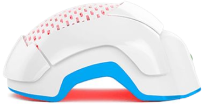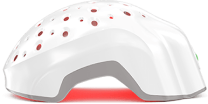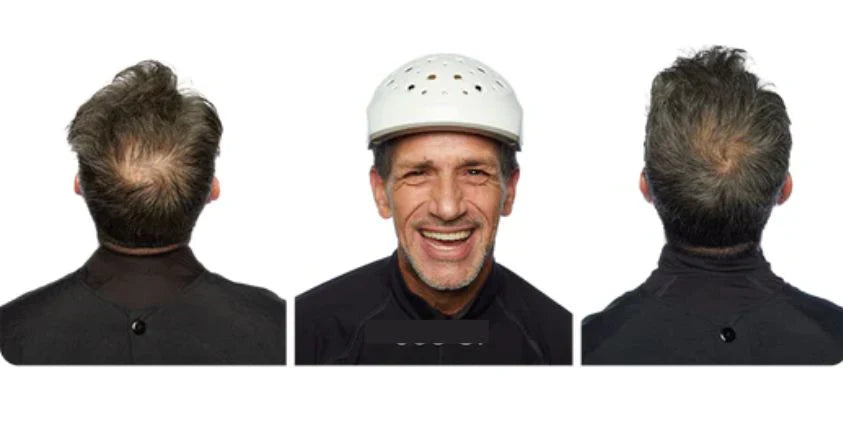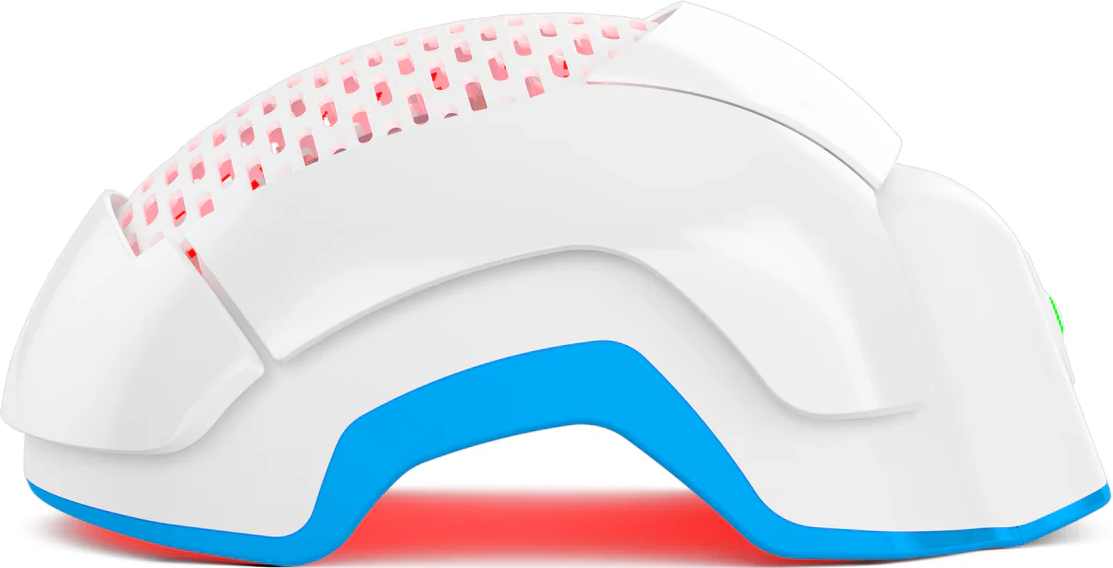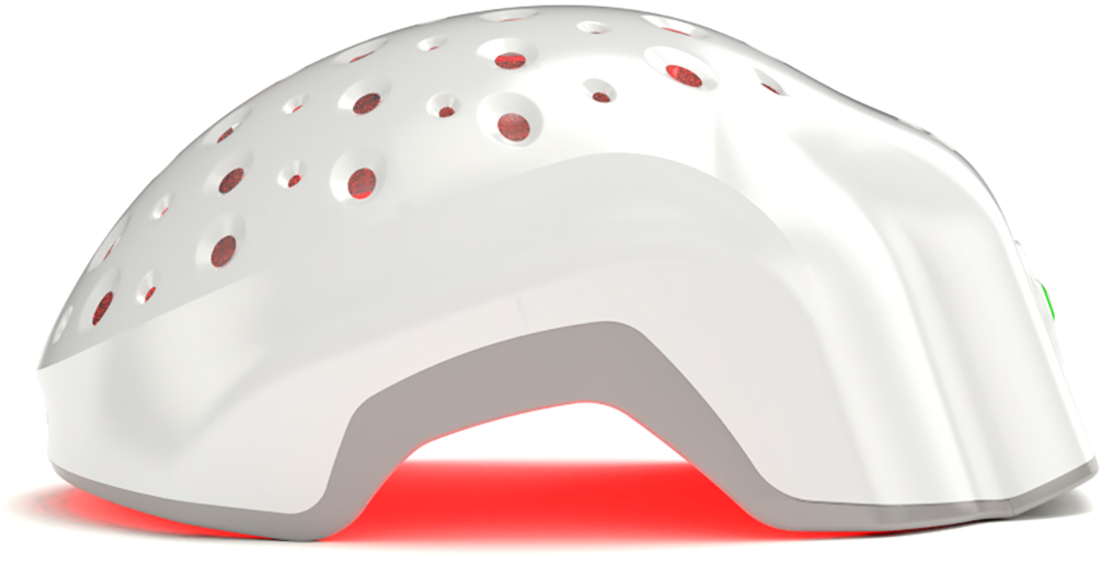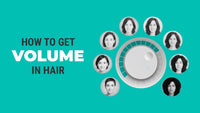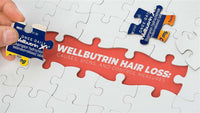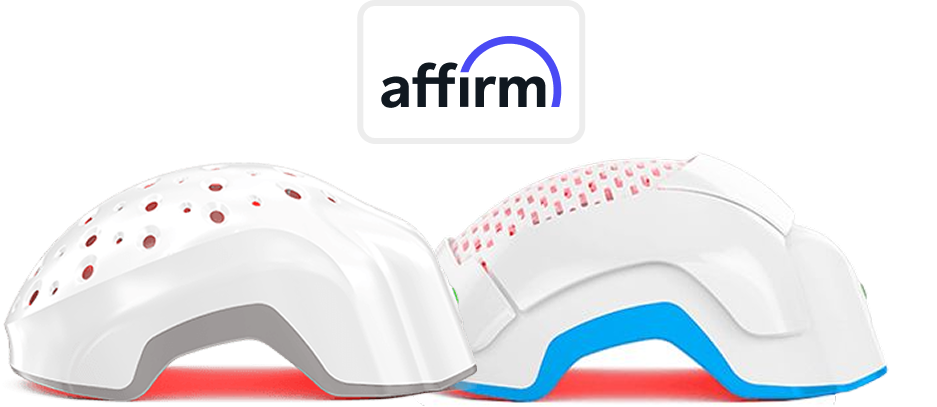Waiting for your hair to grow can sometimes feel like it takes forever. While it's true that patience is key to achieving thicker, stronger hair, there are also plenty of ways to help boost your hair’s growth rate.
On average, hair grows about half an inch per month, though this can vary depending on the individual. Meanwhile, it's normal to shed between 50 and 100 hairs daily - often without even noticing.
If you're looking to grow your hair out or want to tackle thinning hair, here are some tips to create the ideal environment for faster, healthier growth.
1. Increase your protein intake
Since hair is primarily made of keratin - a strong protein also found in your nails - getting enough protein is vital. If your diet is low in protein, your body may prioritize its use for essential functions, leaving your hair more vulnerable to weakness and slower growth.
2. Avoid crash dieting
When aiming to lose weight, be careful not to compromise your hair’s health. Extreme dieting can strip your body of the nutrients necessary for healthy hair growth. Since hair growth isn't a top priority for your body, it’s one of the first things to slow down when you’re under the stress of a restrictive diet. Sudden weight loss can also lead to temporary hair shedding, a condition known as telogen effluvium.
3. Look into nutritional supplements
While no supplement can guarantee faster hair growth, nutrient deficiencies can certainly slow it down. Lacking essential vitamins and minerals can negatively affect your hair’s health. Some key nutrients that influence hair growth include:
- Iron
- Zinc
- Omega-3 fatty acids
- Vitamin A
- Vitamin B
- Vitamin D
- Vitamin E
If you’re deficient in any of these, targeted supplements might assist in improving hair growth. For a comprehensive approach, consider supplements containing a blend of beneficial ingredients. For example, some supplements such as shampoos and conditioners may include ingredients that support overall hair health.
4. Be gentle with your hair
If your hair is prone to breakage, it deserves a little extra TLC. Specifically, you should:
- Avoid over-washing: Cleanse your hair just enough to remove product buildup without stripping away natural oils.
- Be gentle when wet: Hair is most fragile when wet. Instead of brushing, gently pat it dry with a soft towel.
- Use a gentle brush: Brush your hair gently at night to stimulate scalp circulation without causing breakage.
- Limit harsh chemicals: Frequent use of bleach, dyes, and toners can weaken and damage your hair. Use these products sparingly.
- Incorporate essential oils: Some people use essential oils like rosemary, peppermint, and lavender with the hope of reducing hair loss and promoting growth. However, it's important to note that the effectiveness of essential oils for these purposes hasn't been conclusively proven through scientific research.
5. Minimize Heat Styling
Excessive use of curling irons, hair dryers, and straighteners can lead to hair damage and breakage. To protect your hair from heat damage, try to cut back on the frequency of heat styling. When you do use these tools, set them to the lowest effective temperature to minimize harm. Always apply a heat protectant spray before styling to create a barrier against high temperatures. Additionally, style your hair as efficiently as possible to reduce the duration of heat exposure, and avoid using heat tools daily to give your hair time to recover.
6. Get regular trims
It might seem counterproductive, but regular haircuts are essential for maintaining healthy growth. While trimming doesn’t accelerate hair growth, it helps prevent split ends and breakage from traveling up the hair shaft and causing further damage. Removing these damaged ends helps to preserve your hair’s health and volume, making it appear fuller and more vibrant.
7. Focus on your overall health
Your hair health is closely linked to your overall well-being, including both mental and physical aspects. Chronic stress, for instance, can contribute to hair loss by pushing hair follicles into a resting phase, leading to shedding rather than new growth. This can increase the risk of conditions like alopecia areata. To support healthy hair growth, focus on stress management through regular exercise, a balanced diet, and sufficient sleep.
8. Explore medications
Minoxidil, available over-the-counter as Rogaine®, is designed to help retain existing hair and potentially stimulate new growth. Prescription options like finasteride, known as Propecia®, are also used to treat hair loss. However, it's important to note that finasteride is not for pregnant women or women who want to become pregnant, as it may cause birth defects. Results from these treatments can vary; they might not work for everyone and can take up to 12 months to show noticeable effects. For the best results, these medications are most effective when incorporated into a broader hair loss management strategy, rather than being used in isolation.
9. Consider laser phototherapy
If your current hair growth efforts aren't yielding the desired results, don’t be discouraged - there are advanced treatments available to help. Laser phototherapy offers a promising solution to stimulate hair regrowth and improve thickness. Our laser phototherapy device is designed for ease of use and effectiveness, making it a convenient choice compared to other treatments.
At-home laser phototherapy is aimed at boosting hair regrowth and enhancing hair density. The Theradome helmet is a popular recommendation among dermatologists, known for its FDA clearance and impressive 98% success rate. Start your journey towards fuller hair today with the Theradome laser hair growth helmet and experience the confidence that comes with a healthier head of hair.


